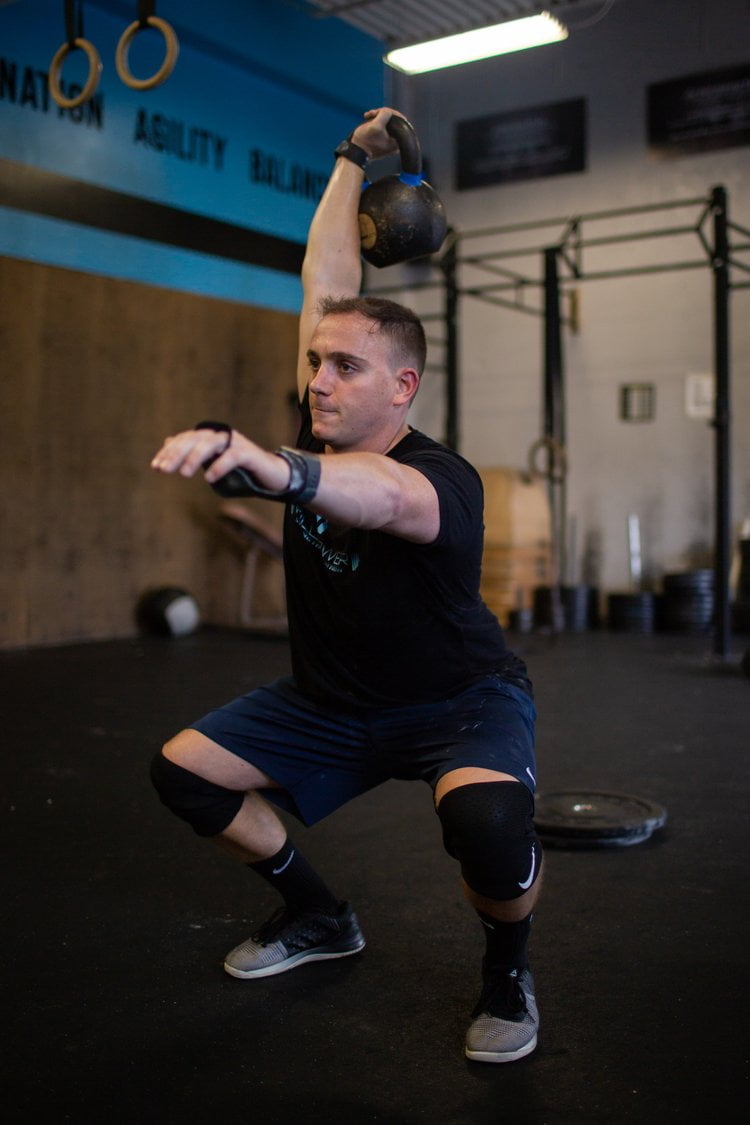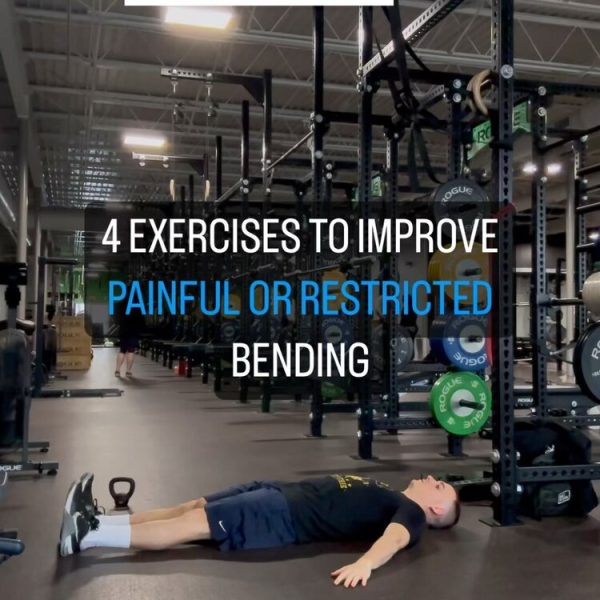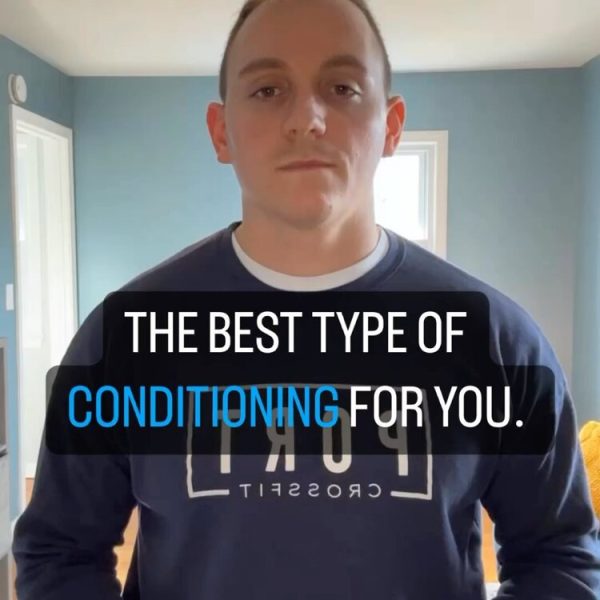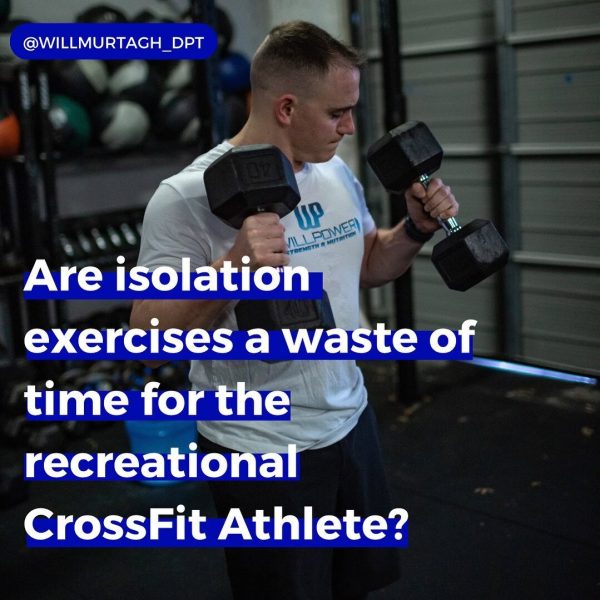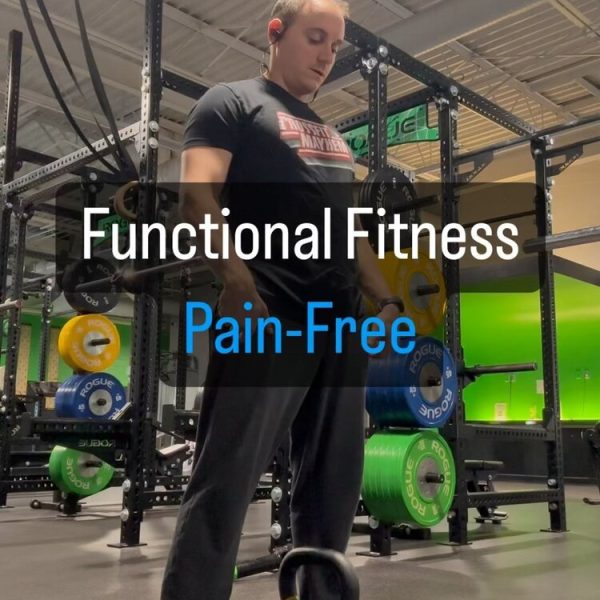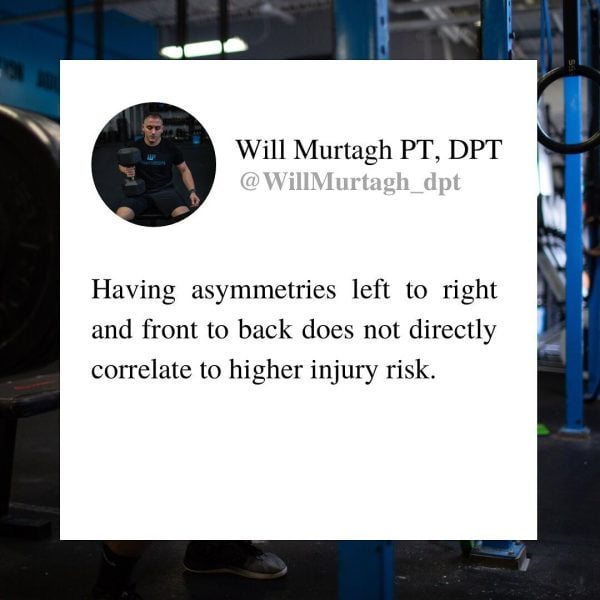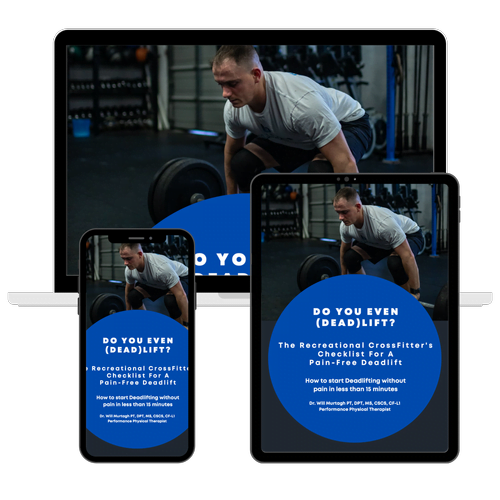Dr. Will Murtagh is a performance physical therapist and writer who helps Fitness Athletes elevate their fitness and train pain-free.
As an affiliate partner of various brands and sponsored content, WillPower Strength & Nutrition may earn commission on qualifying purchases
It is no secret that CrossFit workouts consist of high intensity conditioning and heavy strength training. It is rare that CrossFit athletes leave the gym at the end of the week and feel that they went several days without a set of challenging workouts and crave more. But, in reality the rest days are where the magic really happens.
It is because of this that CrossFit athletes need to be strategic and consistent about taking rest days at appropriate intervals throughout the week and year.
Although this may seem counter intuitive to most CrossFit athletes, who tend to be type A personalities and want intense workouts as frequently as possible.
Taking rest days is where you will actually see the fruits of your labor as the nervous system, cardiovascular system, muscle fibers and connective tissues recover. Given that proper nutrition, good hydration and enough sleep is received during the rest day and even on the days that you are training with high intensity.
These are the big three in truly maximizing the recovery process.
This is something I teach all of my CrossFit athletes inside of my 1:1 Pain-Free Performance Program.
A good depiction of this phenomenon is the Stimulus Recovery Adaptation (SRA) curve.
The SRA curve is a visual representation of how the body will adapt both from a nervous system and muscle tissue stand point.
The SRA curve can be pictured below.
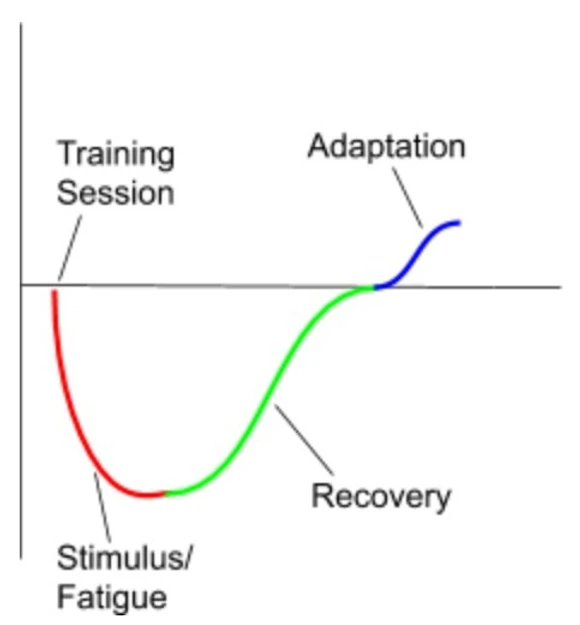
As you can see, prior to a training session you remain at a baseline level or “Homeostasis” where the nervous system has no reason to change as there has been no disturbance to the system.
But, as you engage in CrossFit workouts consisting of heavy strength training and conditioning workouts that are high intensity enough to break down muscle fibers and build up lactic acid, the system drops down below this baseline level where you actually become less fit and weaker as a result of the workout of the day (WOD).
At this point you will need a period of time where physical activity is reduced and the focus moves from challenging the body, to rejuvenating the body. So, that you can recover to baseline and then super compensate to elevate your fitness level and improve as a CrossFit Athlete (the blue line in the curve)
Now that you have seen an overview on why taking rest days is important I will move into how these can be arranged throughout the week, the types of rest and how best to recover on those days to maximize the recovery process.
TRAINING SCHEDULES
The actual training split you set up for yourself throughout the week will play an important role in how you can recover from your training session as a CrossFit athlete.
A great way to do so is by using a three days on, one off, two days on, One day off days schedule to your training.
In this weekly schedule you will have a regular high intensity training session for three days, then take a rest day, followed by a training session on the next two days and then end the week with another rest day.
This was the original split set by Greg Glassman and has stayed the best bet in my eyes for the recreational CrossFit Athlete.
It allows you to train with high intensity and provides a rest day where physical activity drops just in time as your nervous system and readiness begins to dwindle from the previous three of challenging workouts. Then again as you recover just in time for training session number four and five before the final rest day is taken at the end of the week.
But, the elephant in the room is that unless you are a competitive CrossFit athlete and the sport pays the bills for you, the work week may be your ideal time to train and your off days will be restricted to the weekend.
In which case a five day on two day off can work as long as enough sleep, proper nutrition and good hydration is reached throughout the week.
You can find more info on these topics in the articles I have written below:
5 Non-Negotiable’s When Cutting Weight While Also Maintaining or Improving Performance
The Best Way To Calculate Macros For CrossFit
5 Factors That Go Into Changing Body Weight
The Top Five Supplements To Optimize Training and Sports Performance
TYPES OF REST DAYS
Rest days can be broken down into two categories. The first being full recovery days where there is complete passive recovery. As well as active recovery days where the intent is blood flow and actually taking action to kick start the recovery process.
Full Rest
As mentioned above, full rest days are days where there is a complete pause in physical activity. You may not even step foot in the gym on these days.
You are relying on a severe drop in movement to allow for your body to recover back to and above the Homeostatic line to elevate your fitness level and prepare for the next high intensity training session.
With full rest days it is critical to get enough sleep, take care of your nutrition and get good hydration as there is no movement to help move things along to ensure you are maximizing the recovery process.
Full rest days may include passive recovery modalities such as Ice Baths, Normatec Boots, Muscle Electric Stim, Massage Guns, and others.
These can all be good options and have their own individual benefits with regards to the recovery process but in my experience nothing can replace an active approach and prioritizing blood flow, mobility exercises and low-intensity exercise.
Full rest days are not my favorite type of rest days because they are a passive recovery strategy. There are things that can be worked on and low-intensity exercises that can be performed that will not only not drive you further down the SRA curve but actually have the opposite effect and decrease the time that it takes the nervous system to rebound and get better.
With that said there are times throughout the week and even year where full rest days may be the best or better option.
For example, the final day of your training week, the time period after a long cycle of challenging workouts such as in intensification blocks in your strength training or during the Deload periods after a CrossFit athlete completes a season and needs a full break of the gym.
In these times the focus is primarily on mental health and getting you back into wanting to train again both for the following week and for the next start of a training cycle.
You can find more info on setting up training during the week and year in the articles below:
How To Write A Training Program For Athletes
Four Ways to Transition From Training For Sport To Health
Active Rest
Active rest is going to be your best bet in maximizing the recovery process and making your recovery back above the Homeostatic SRA curve line as quick as possible.
During active recovery days, the focus is going to be on doing things that promote blood flow to bring proper nutrition to the muscle tissue that has been broken down in the previous week of intense workouts. As well as working on range of motion of the joints of the body and flexibility of the muscle tissue.
Active rest days can include things like the use of a targeted mobility exercises such as joint mobilizations with resistance bands, Max Aerobic Power 10 intervals such as easy work on a rowing machine, long walks or low-intensity exercises in a “for quality” format, Tai Chi, Yoga classes or dynamic stretching. Really anything where you are moving your body at an easy pace.
Active rest days can potentially fully replace passive recovery days because they are so much more effective at both preparing you for the next training session and adding in tiny bits of volume to work on things that need to be improved. Such as weak or tight muscles that are common issues like the ankle or hip flexors.
HOW TO DESIGN EFFECTIVE RECOVERY CROSSFIT WORKOUTS
When designing active recovery days the number one overarching them is that it needs to feel rejuvenating for you. You need to keep in mind that these days ore off days and that the training should be at very reduced level of your max heart rate and low impact to the system.
The best way to design these active rest days is to put the exercises into an active recovery WOD with just the right amount of challenge to the cardiovascular system to drive increases in blood flow to the working muscles and joints to bring much needed nutrition.
In my Pain-Free Performance Program I routinely will use MAP 10 intervals to accomplish this.
MAP 10 intervals are workouts where the pace of the session is at the same level of a long walk but a brisk walk.
Inside the MAP 10 session you can structure it as an every minute on the minute (EMOM) workout where you place several different low-intensity exercise or mobility exercise at the top of each minute and repeat for 60 minutes.
For example you could do:
60 Min EMOM
Minute 1 – :45 Easy Row
Minute 2 – 10 Hip 90/90 Rotations
Minute 3 – :30 Forearm Plank
Minute 4 – 100ft Bear Crawl
Minute 5 – :45 Cat / Cow
Minute 6 – :45 Assault Bike
This is just one example that is not individualized but you can get an idea of what I am referring to.
This format is going to give you a blend mobility work that is active in nature but also incorporates the cardiovascular system with cyclical modalities to get to a percentage of your max heart rate but ensuring that you are staying Aerobic.
For more information on how to know if you are training Aerobically you can read this article: 3 Signs You Are NOT Training Aerobically
When it comes to structuring your active recovery days the world is really your oyster as long as you are sticking to the basic principles that I have outlined above.
When in doubt you will always be better off including more active rest days over full rest days because they drive increases in blood flow which is the most important factor to maximizing the recovery process and setting you up for success for the next training day.
But just to drive the point home, getting enough sleep, prioritizing proper nutrition and ensuring that good hydration is achieved throughout the day will be critical for any style of rest that you engage in if you want to maximize the recovery process.
I hope this article has helped give you some clarity on how to design active CrossFit recovery workouts so that you can train harder, recover bette and elevate as a CrossFit athlete.

